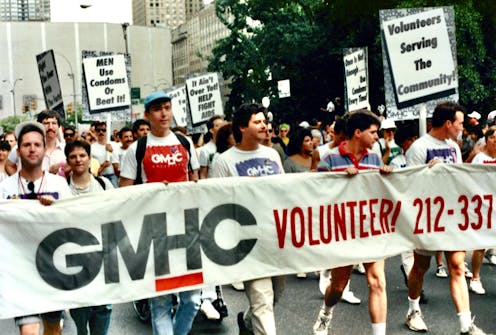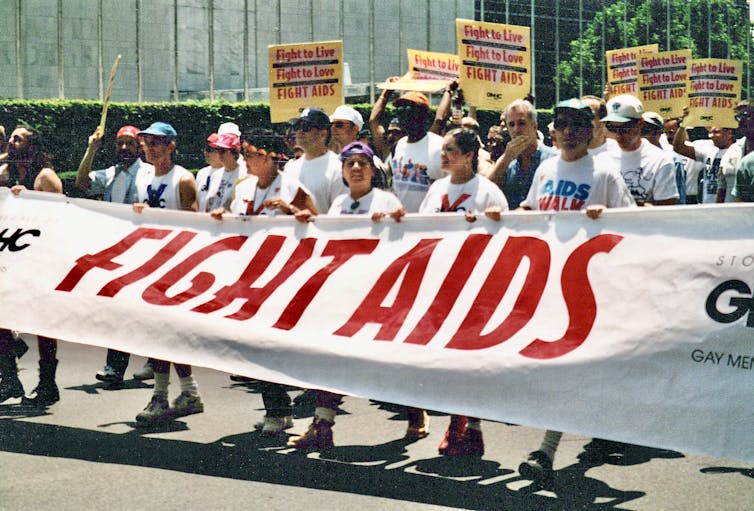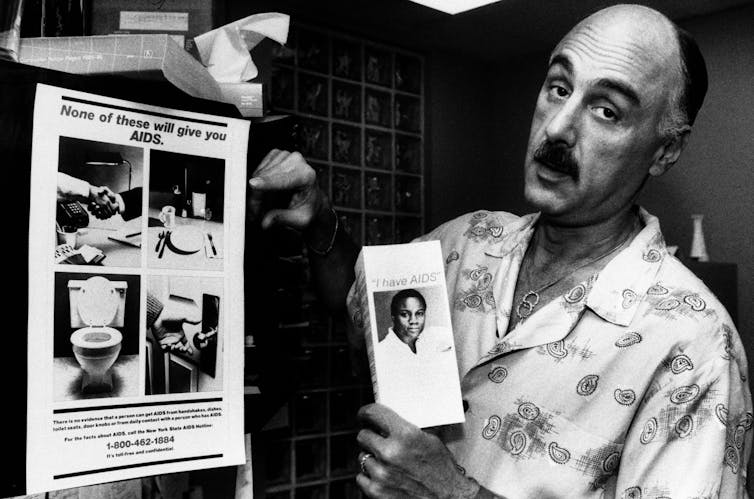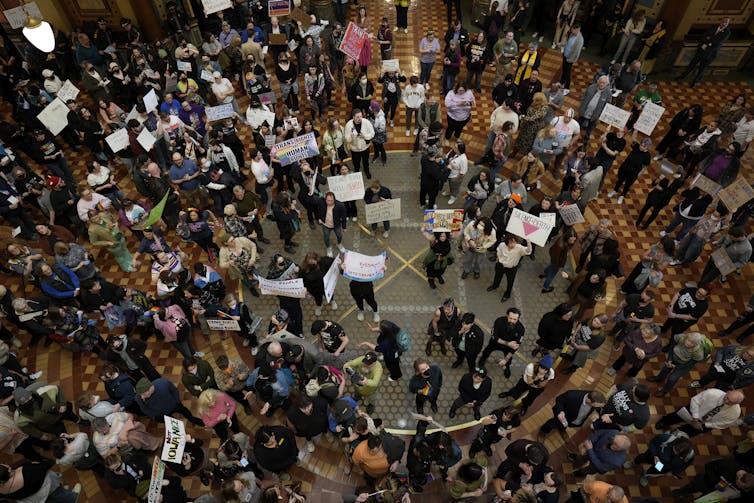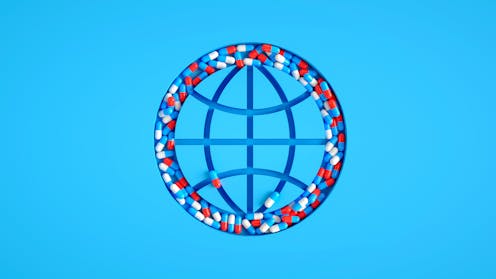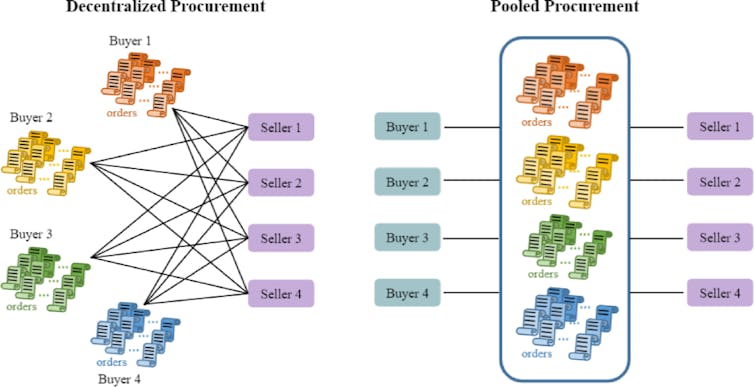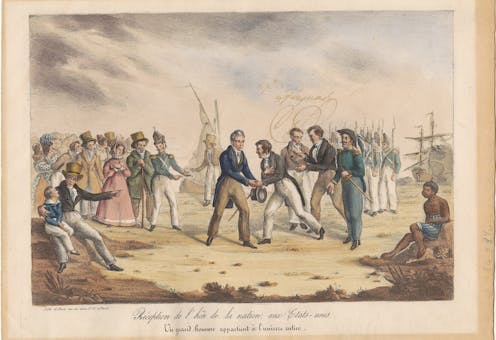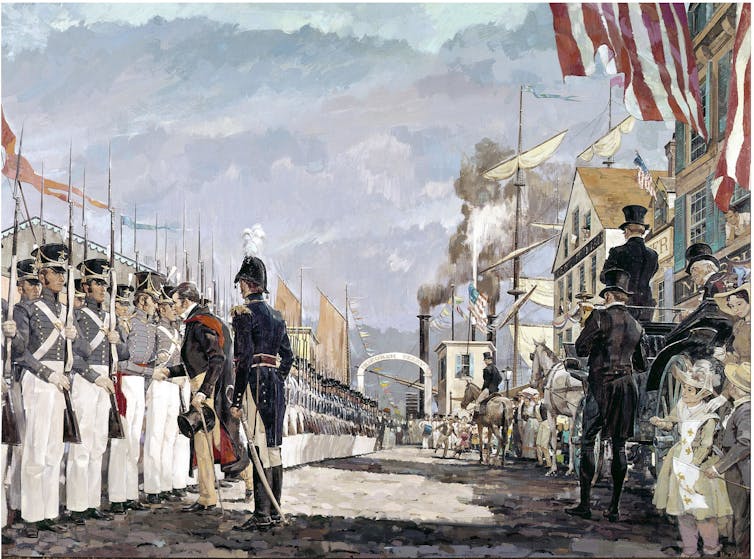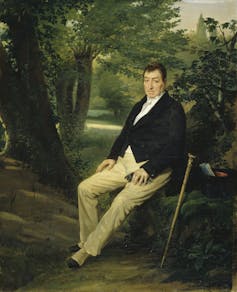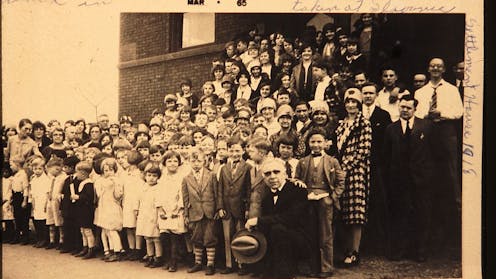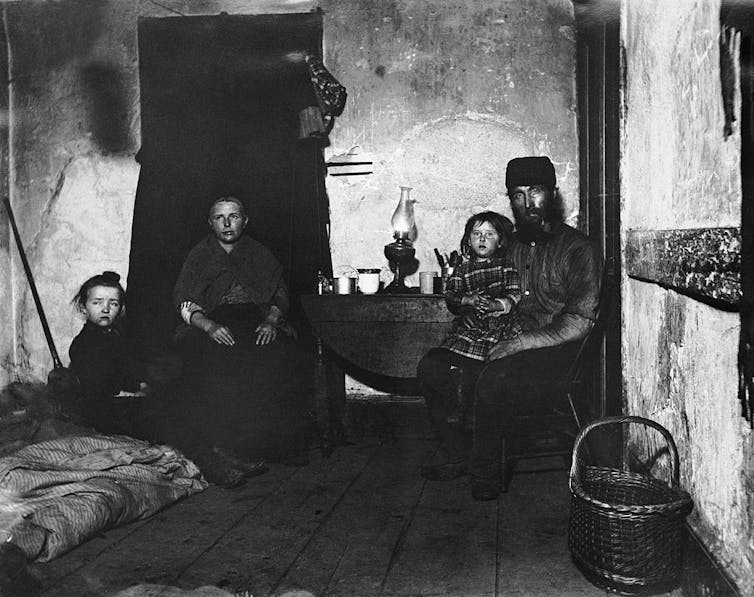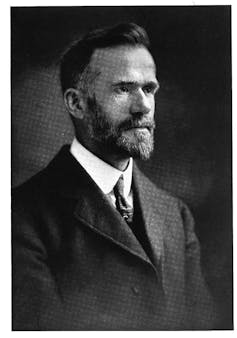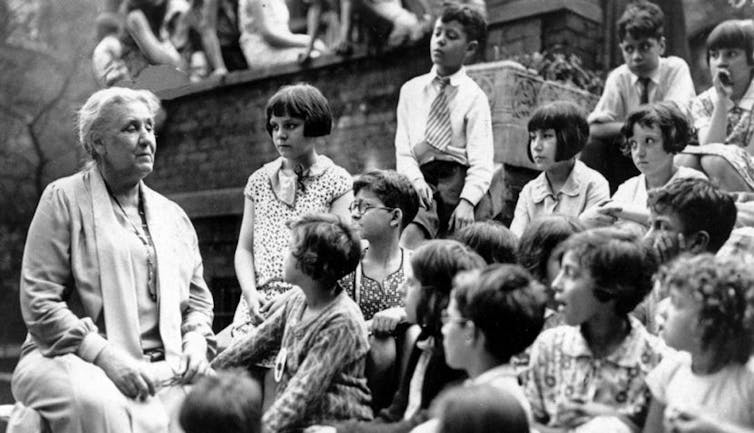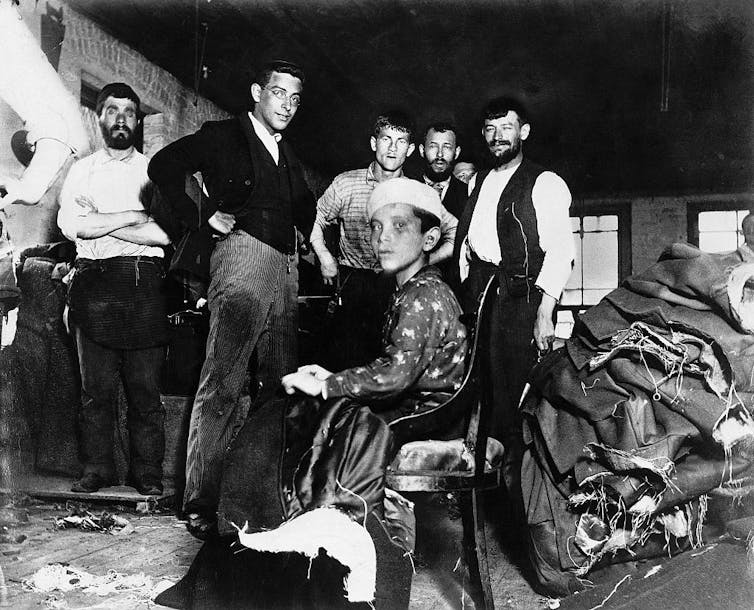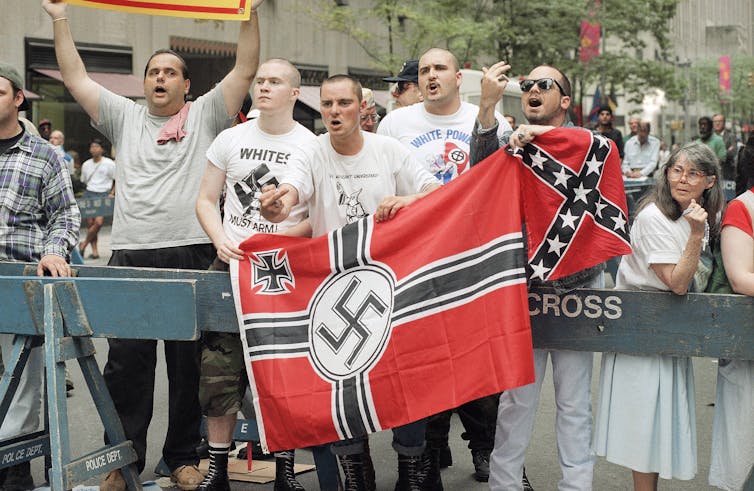Source: The Conversation – USA (2) – By Stefan Szymanski, Professor of Sport Management, University of Michigan

The FIFA World Club Cup, which kicks off in the U.S. on June 14, 2025, may seem like a new competition.
Certainly, soccer’s governing body, FIFA, is promoting it as is it were, marketing the monthlong competition between 32 of the world’s biggest soccer teams as the “pinnacle of club football,” with up to US$125 million in prize money for the winning team and $250 million set aside for promoting “football solidarity.”
In reality, the competition is the latest chapter in FIFA’s long-running quest – going all the way back to 1960 – to create a global championship that would determine which club really is the best in the world.
The organizing body has trumpeted a $1 billion prize pot for the World Club Cup. But FIFA has been less vocal about the broadcasting deal underpinning the event, which is being financed by Saudi Arabia reportedly to tune of $1 billion. That deal was announced just days before Saudi Arabia was confirmed as the host of the men’s 2034 World Cup – a lucrative prize for the Gulf kingdom.
This sounds more like the FIFA we all know, with the whiff of corruption and dodgy dealing that has dogged the organizing body for decades.

Fabrice Coffrini/AFP via Getty Images
FIFA’s critics argue that the competition is nothing more than an attempt to line the governing body’s coffers. FIFA’s line is that it will not keep “one dollar” from the event, and instead plans to distribute revenue to the clubs.
Not helping FIFA’s case is the fact that clubs and players are similarly unimpressed, protesting that the event is an unnecessary addition to an already-overburdened soccer calendar.
As always, the litmus test for success will come from the fans. So far, things are not going well on that front. Falling prices on Ticketmaster bode ill for the competition. Just days before the games were due to begin, FIFA slashed prices for the opening match: MLS club Inter Miami against Egypt’s Al-Ahly. Reports suggest that less than a third of tickets at the 65,000-seat venue for the opener, Hard Rock Stadium in Miami, had sold – despite the likely presence of soccer superstar Lionel Messi.
Of course, the declining number of tourists coming to the U.S. since the second inauguration of Donald Trump – and the president’s recently announced travel ban affecting 19 countries – hasn’t helped encourage fans of the global game to the U.S., even if none of the competing clubs come from one of those countries.
FIFA vs. UEFA
So, given all the problems and controversies, why is FIFA so invested?
As someone who has long researched the nexus of soccer, money and power, I see the World Club Cup as part of a struggle between UEFA, the European governing body that runs the Champions League – currently seen as the pinnacle of soccer club competition – and FIFA, which wants to supplant the Champions League with its own competition.
UEFA’s power stems from hosting the world’s biggest clubs. Only one club from outside Europe appears in soccer data website Transfermarkt’s list of the 50 most valuable squads – with Palmeiras from Brazil squeaking in at 50.
Top players in their prime rarely quit Europe to play on another continent – the high-profile names that opt to play in the U.S. or Saudi leagues tend to be veterans cashing in on their name.
Meanwhile, the world’s soccer talent flocks to European clubs. It’s not just that big clubs like Real Madrid, Liverpool or Bayern Munich that can pay top dollar for the star players – less storied clubs like Brentford, Real Sociedad or VfB Stuttgart have the wherewithal to fish in the global player market.
The wealth and status of these clubs form the muscle behind UEFA. And the jewel in the UEFA crown is the Champions League, an annual competition that brings together the best clubs in Europe.
A game of two halves
While UEFA also has its own national competition, the Euros, its pull is nowhere near as great as FIFA’s World Cup.
This division – with FIFA dominating the international team competition and UEFA the club competition – dates back to the 1960s and the early years of mass television.
When the 1966 World Cup was hosted by England, it was one of the very first global sports events, watched by an estimated audience of 400 million people worldwide.
The 1970 World Cup, a legendary event in the eyes of boomer soccer fans, established the four-year ritual that surpasses even the Olympics as a global sporting event.
At this time, UEFA’s Euros were barely a competition at all. The 1968, 1972 and 1976 editions – played in Italy, Belgium and Yugoslavia, respectively – each had only four teams and only four or five games.
UEFA had by then established its role in club competition. The European Cup, as the Champions League was then called, started in 1955.
But the game remembered today for establishing the dominance of European club competition is the 1960 final between Real Madrid and Eintract Frankfurt – a 10-goal thriller that Los Blancos won 7-3.
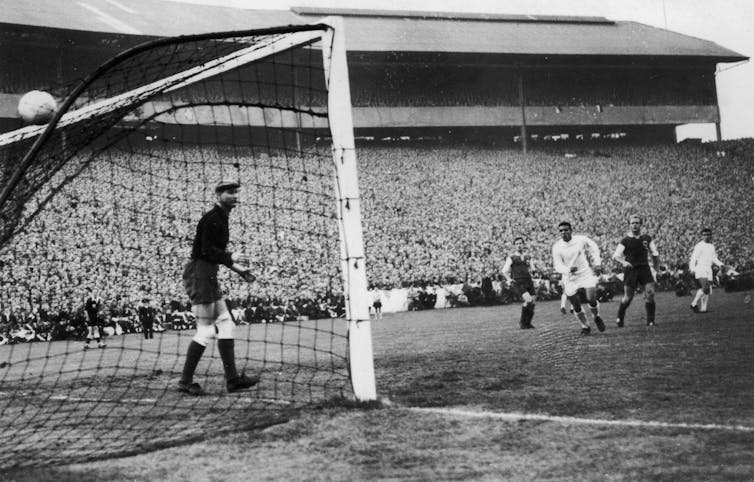
Keystone/Getty Images
Witnessed by a crowd of 128,000 at Hampden Park in Glasgow, Scotland, the more important statistic was the estimated 70 million television audience in Europe.
The 1968 final at London’s Wembley Stadium, when Manchester United overcame Benfica in honor of the “Busby Babes” – Manchester players who died in a 1958 Munich air disaster while traveling home from a European Cup game – saw a TV audience of 270 million.
A history of failure
The ambition to create a club world cup to rival the European Cup goes back to the 1950s. Soccer powerhouses Brazil and Argentina in particular promoted the idea that the top clubs in Europe should face off against the top South American teams.
The resulting Intercontinental Cup ran from 1960 to 2004, with the top teams from UEFA and CONMEBOL, the South American soccer federation, taking part.
But played in midseason, it barely made an impression on the fans.
In 2000, FIFA created the Club World Championship, with eight teams drawn from the five international federations.
It also attracted little love, and the 2001-to-2004 editions had to be canceled for lack of financial backing.
In the early years, it seemed like an excuse to emulate the Intercontinental Cup, and the first three winners were South American. However, since 2006, all the winners bar one – Brazil’s Corinthians in 2012 – have been European.
Europe is ‘on the beach’
Then, in 2017, Gianni Infantino, the FIFA president, announced plans to expand the competition and move it to the summer. With 32 teams, the competition will look more like the World Cup and will receive a lot of TV coverage.
The fact that it will be free to watch will help. So too will the presence of Messi.
Yet the overwhelming feeling going into the competition is that, like its predecessors, the revamped FIFA club competition is destined for failure.
With the European domestic leagues all completed and the Champions League final – the unofficial marker of the end of the soccer season – having taken place on May 31, players and fans appear to be “on the beach,” to use a favorite phrase of soccer commentators.
Ultimately, FIFA’s revamped World Club Cup faces the same issues that beset its forerunners: European teams are overwhelmingly tipped to win.
Rather than the global soccer “solidarity” that FIFA hopes, the competition sets to reinforce the dominance of European clubs – and of Europe’s governing body when it comes to club competition.
![]()
Stefan Szymanski does not work for, consult, own shares in or receive funding from any company or organization that would benefit from this article, and has disclosed no relevant affiliations beyond their academic appointment.
– ref. Dismal ticket sales, grumblings from fans and clubs – is FIFA’s latest attempt to establish a global club game doomed before it starts? – https://theconversation.com/dismal-ticket-sales-grumblings-from-fans-and-clubs-is-fifas-latest-attempt-to-establish-a-global-club-game-doomed-before-it-starts-258378

